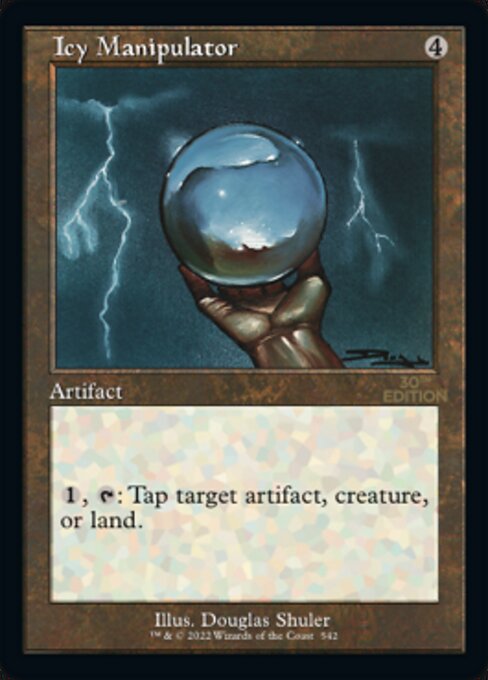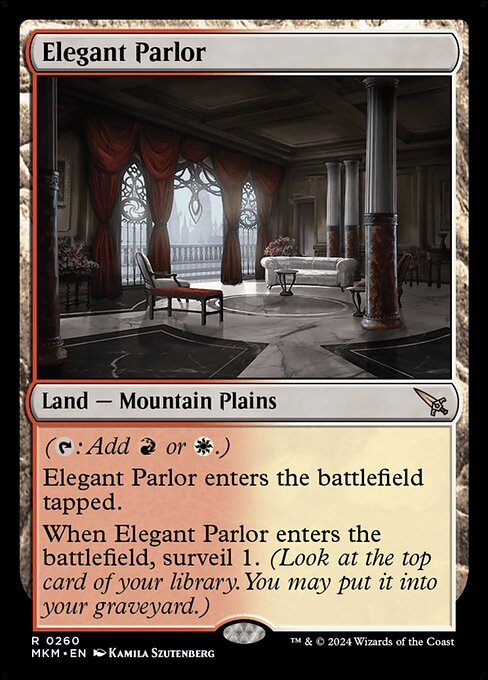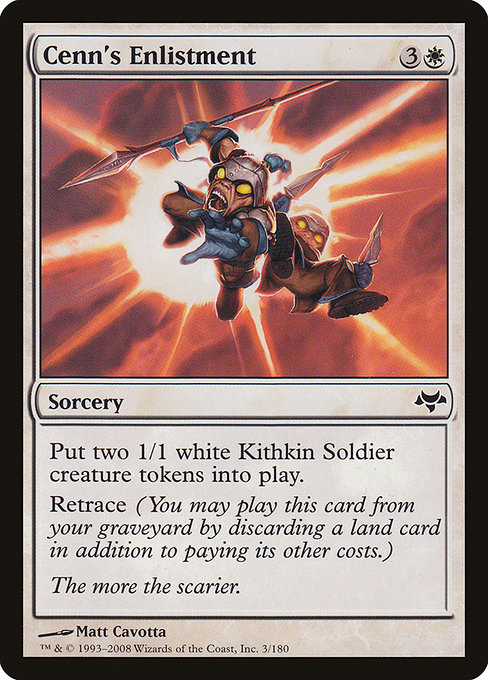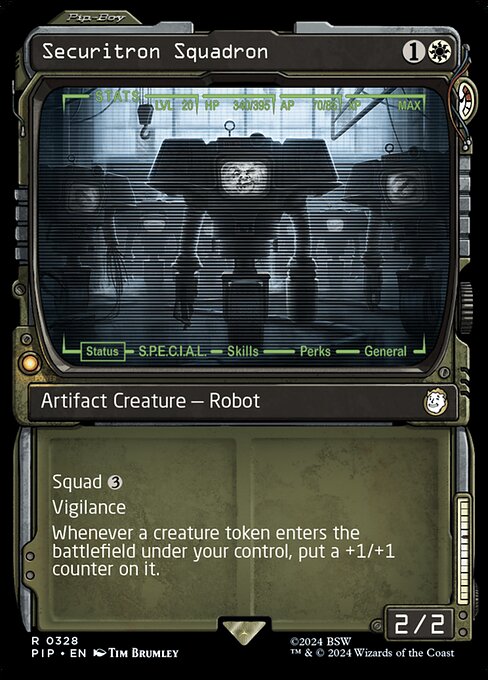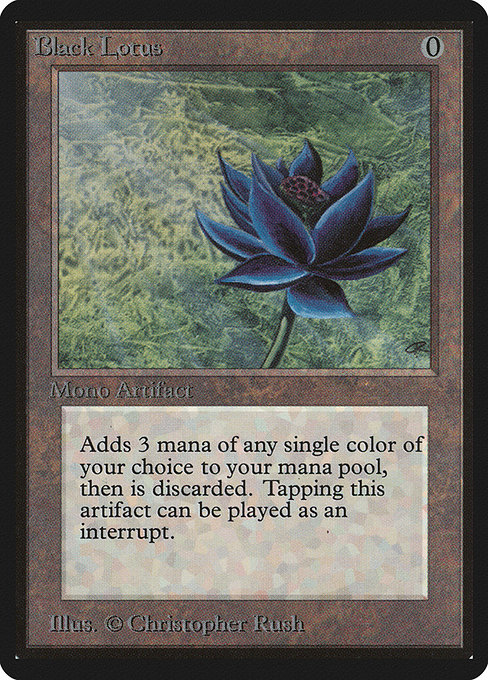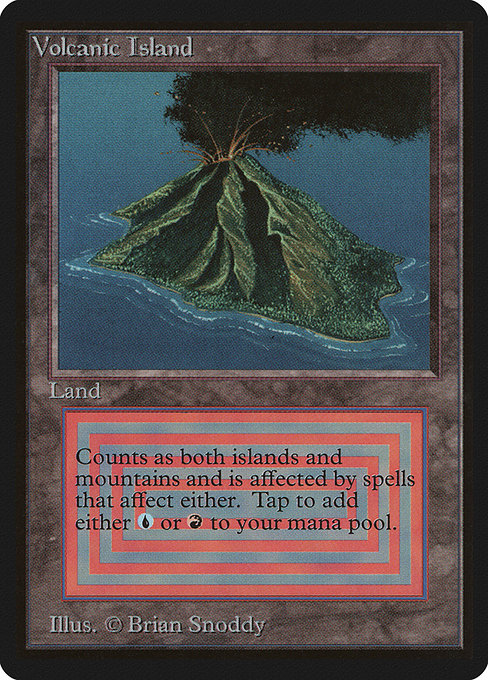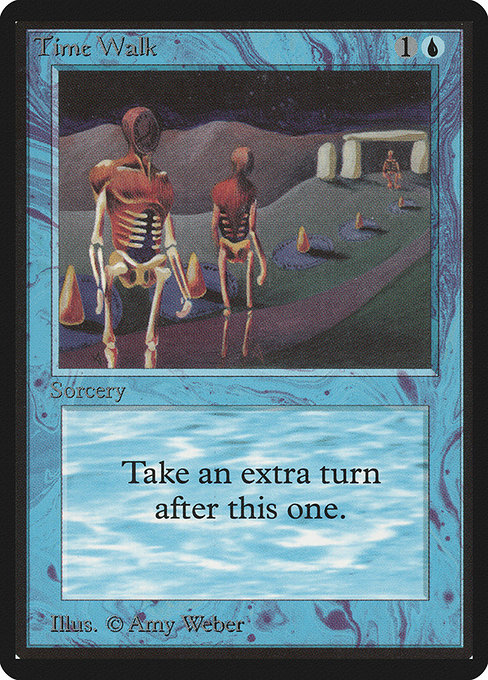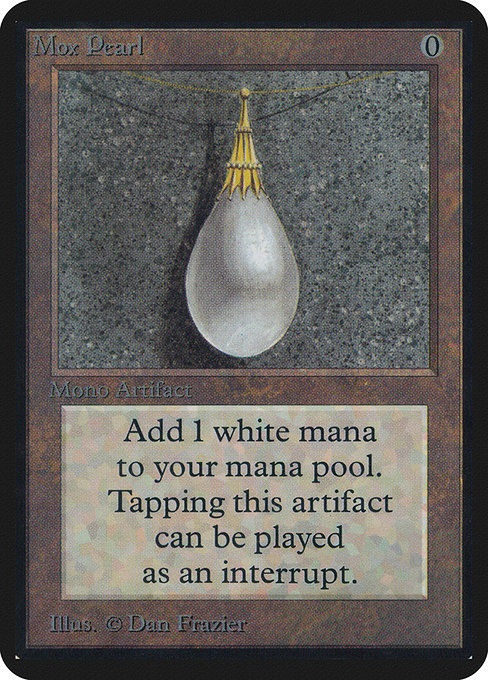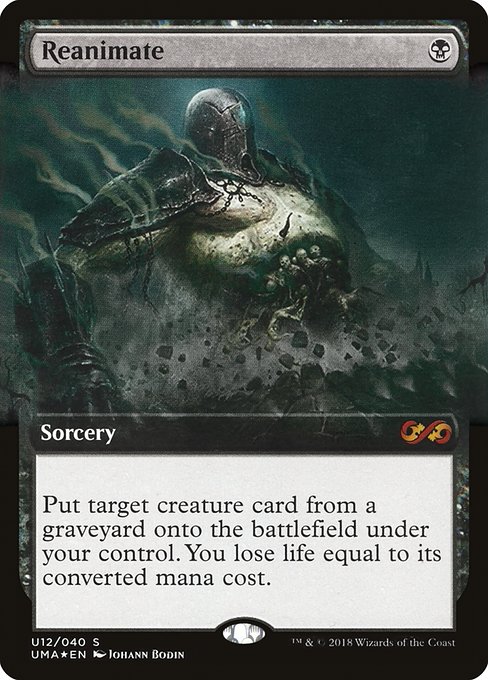
Reanimate

Recent Analyses
Full Analysis
Generated on 2025-06-29T07:55:58.103404The Enduring Power of Resurrection: A Comprehensive Examination of Reanimate
TL;DR Summary
Reanimate is a sorcery spell in Magic: The Gathering that allows you to put a target creature card from a graveyard onto the battlefield under your control. This powerful effect comes at the cost of losing life equal to the mana value of the reanimated creature. Despite this drawback, Reanimate has proven to be a staple in many black-based control, combo, and reanimator decks, providing a versatile and efficient way to cheat large, impactful creatures into play ahead of schedule. From resurrecting game-winning threats like Griselbrand to reviving crucial utility creatures, Reanimate has shaped the landscape of competitive Magic for decades.
Detailed Card Mechanics and Interactions
At its core, Reanimate is a reanimation spell, a type of effect that allows you to put a creature card from a graveyard onto the battlefield under your control. The key mechanics of the card are as follows:
- Target Creature Card: Reanimate targets a single creature card in a graveyard, which can be your own or an opponent's. This selective targeting enables you to choose the most impactful creature to reanimate.
- Put onto the Battlefield: When resolving Reanimate, the targeted creature card is put directly onto the battlefield under your control, without going on the stack or requiring you to pay its mana cost.
- Life Loss: As a downside to the powerful effect, you must lose life equal to the mana value of the reanimated creature, which can range from a negligible 1 life for a Llanowar Elves to a potentially game-deciding 15 life for a Griselbrand.
The interactions and synergies of Reanimate can be quite deep. Some key examples include:
- Reanimating Combo Pieces: Decks centered around combo strategies, such as Doomsday or Hermit Druid, can use Reanimate to quickly put key combo pieces like Laboratory Maniac or Protean Hulk into play.
- Reviving Utility Creatures: Even in non-combo decks, Reanimate can be used to reanimate impactful utility creatures, such as Solemn Simulacrum for card advantage or Tidespout Tyrant for disruption.
- Recursion Loops: When combined with other reanimation spells or effects that return cards from the graveyard to hand, Reanimate can enable powerful recursion loops, allowing you to repeatedly cheat large creatures into play.
- Graveyard Manipulation: Reanimate synergizes well with cards and strategies that manipulate the graveyard, such as Buried Alive, Entomb, or Dredge mechanics, allowing you to set up and reanimate your most powerful creatures.
Strategic Uses, Combos, and Synergies
Reanimate is a versatile card that can be utilized in a variety of strategic ways. Some of the key uses and synergies include:
Reanimator Strategies
Perhaps the most obvious application of Reanimate is in dedicated reanimator decks, which aim to quickly fill the graveyard and then reanimate powerful creatures ahead of schedule. These decks often use cards like Entomb, Buried Alive, and Dance of the Dead to set up their graveyard and then use Reanimate as the primary reanimation spell.
Combo Enabler
As mentioned earlier, Reanimate can be a powerful enabler for combo strategies, allowing you to quickly put key combo pieces onto the battlefield. This can be seen in decks like Doomsday or Hermit Druid, where Reanimate is used to reanimate cards like Laboratory Maniac or Protean Hulk.
Control Finishers
In control-oriented decks, Reanimate can be used to reanimate large, high-impact creatures that can serve as game-winning finishers. Cards like Griselbrand, Kokusho, the Evening Star, and Iona, Shield of Emeria are common reanimation targets in these types of strategies.
Utility Recursion
Even in non-reanimator or combo-focused decks, Reanimate can be used to repeatedly bring back key utility creatures, such as Solemn Simulacrum for card advantage, Tidespout Tyrant for disruption, or Thragtusk for midrange value.
Graveyard Synergies
Reanimate pairs extremely well with cards and strategies that manipulate the graveyard, such as Dredge, Buried Alive, and Entomb. This allows you to carefully curate and set up your graveyard to ensure you can reanimate the most impactful creatures.
Deckbuilding Roles and Archetypes
Reanimate is a staple in a variety of black-based archetypes in Magic, including:
Reanimator
As discussed, the primary home for Reanimate is in dedicated reanimator strategies, which aim to quickly fill the graveyard and then cheat large, game-winning creatures into play. These decks often run a suite of reanimation spells, graveyard manipulation effects, and high-impact reanimation targets.
Control
In control-oriented decks, Reanimate can serve as a powerful finisher, allowing you to reanimate large, impactful creatures that can close out the game. These decks may also use Reanimate for utility recursion, bringing back key creatures as needed.
Combo
As mentioned, Reanimate can be a key enabler for various combo strategies, such as Doomsday or Hermit Druid, by allowing you to quickly put combo pieces onto the battlefield.
Midrange
Even in midrange strategies, Reanimate can find a home, providing a way to recursively bring back impactful creatures like Thragtusk or Solemn Simulacrum for sustained value.
Graveyard-Centric
Decks that heavily feature graveyard manipulation, such as Dredge or Survival of the Fittest strategies, often utilize Reanimate as a way to capitalize on their full graveyards.
In all of these archetypes, Reanimate serves as a powerful and versatile tool, allowing you to cheat large, impactful creatures onto the battlefield ahead of schedule.
Format Viability and Competitive Context
Reanimate has seen extensive play across many of Magic's competitive formats, including:
Legacy
Reanimate is a staple in many of Legacy's top-performing reanimator strategies, such as Griselbrand reanimator and Doomsday combo decks. Its ability to quickly put game-winning creatures into play makes it a key piece of these powerful archetypes.
Vintage
In the Vintage format, where the power level is incredibly high, Reanimate finds a home in various combo and control strategies, including Doomsday, Oath of Druids, and Tinker decks.
Modern
While not as dominant as in the eternal formats, Reanimate has seen occasional play in Modern, often in graveyard-centric strategies like Dredge or Goryo's Vengeance decks.
Commander/EDH
In the popular casual format of Commander, Reanimate is a staple in many black-based reanimator strategies, allowing players to cheat their most powerful creatures into play.
Across these formats, Reanimate has proven to be a consistently powerful and influential card, shaping the metagame and creating new avenues for competitive play. Its ability to provide efficient and game-winning reanimation effects has made it a mainstay in the highest levels of Magic competition.
Rules Interactions and Technical Notes
From a rules perspective, Reanimate is a straightforward spell, but there are a few key interactions and technical notes to be aware of:
- Targeting: Reanimate targets a single creature card in a graveyard, so it can be countered by effects that counter target spells, such as Flusterstorm or Spell Pierce.
- Graveyard Interaction: Since Reanimate targets a creature card in a graveyard, it can be affected by cards that interact with the graveyard, such as Leyline of the Void or Rest in Peace.
- Mana Value and Life Loss: The amount of life you lose when resolving Reanimate is equal to the mana value of the reanimated creature, not its converted mana cost.
- Enters the Battlefield Abilities: When a creature is reanimated with Reanimate, any enters the battlefield abilities on that creature will trigger, allowing you to take advantage of those effects.
- Haste Interaction: If the reanimated creature has haste, it can attack or use any abilities with the tap symbol immediately after being put onto the battlefield.
- Creature Type Interactions: Some strategies may care about the creature type of the reanimated creature, such as Clerics or Zombies, so this can be a relevant consideration.
Understanding these technical nuances can help players maximize the effectiveness of Reanimate in their decks and avoid potential pitfalls.
Art, Flavor, and Historical Context
The art and flavor of Reanimate evoke a sense of dark, necromantic power. The card depicts a skeletal hand reaching up from a grave, grasping a glowing, ethereal creature. This visual imagery aligns with the card's powerful effect of bringing a creature back from the dead to serve the caster.
From a flavor perspective, Reanimate taps into the long-standing theme of necromancy and the ability to cheat death in Magic. This resonates with many players who are drawn to the dark, unsettling aspects of reanimation and the undead.
Historically, Reanimate has been a staple of black-based strategies since its original printing in the Tempest expansion in 1997. It has appeared in numerous reprints and has remained a consistently powerful and influential card throughout Magic's history.
The card's impact can be seen in the various reanimator archetypes it has enabled, as well as its role in shaping the metagame of countless tournaments and formats. Reanimate has become an iconic and defining card in the game, representing the dark and powerful aspects of black magic.
Key Points Summary
- Reanimate is a powerful sorcery spell that allows you to put a target creature card from a graveyard onto the battlefield under your control, at the cost of losing life equal to the mana value of the reanimated creature.
- The card has deep and versatile interactions, enabling strategies such as reanimator, combo, control, and graveyard-centric decks.
- Reanimate is a staple in many competitive formats, including Legacy, Vintage, and Commander, where it has shaped the metagame and created new avenues for powerful play.
- Mechanically, Reanimate is straightforward but has some important technical considerations, such as targeting, graveyard interaction, and life loss calculations.
- The art and flavor of Reanimate evoke a sense of dark, necromantic power, tapping into the long-standing theme of cheating death in Magic.
- Reanimate has been a consistently influential card throughout Magic's history, appearing in numerous reprints and enabling a variety of powerful strategies.
Conclusion
Reanimate is a true powerhouse in Magic: The Gathering, a card that has stood the test of time and proven its worth across a wide range of competitive formats. Its ability to efficiently reanimate powerful creatures from the graveyard, often ahead of schedule, makes it a staple in many black-based strategies.
From combo-enabling reanimator decks to control-oriented finishers and utility recursion, Reanimate has found a home in a variety of archetypes, showcasing its versatility and strategic depth. The card's impact on the metagame is undeniable, as it has shaped the competitive landscape and pushed the boundaries of what is possible in Magic.
Mechanically, Reanimate is a straightforward spell, but its interactions with the graveyard and various other effects create a nuanced and engaging play experience. Mastering the card's technical details and learning to maximize its synergies can unlock a whole new level of gameplay.
Ultimately, Reanimate is a testament to the enduring power and appeal of black magic in Magic: The Gathering. Its dark, necromantic flavor and game-warping abilities have solidified its place as a staple and essential component of the game's rich and diverse ecosystem. For players seeking to explore the depths of black-based strategies, Reanimate is a card that demands attention and respect.
